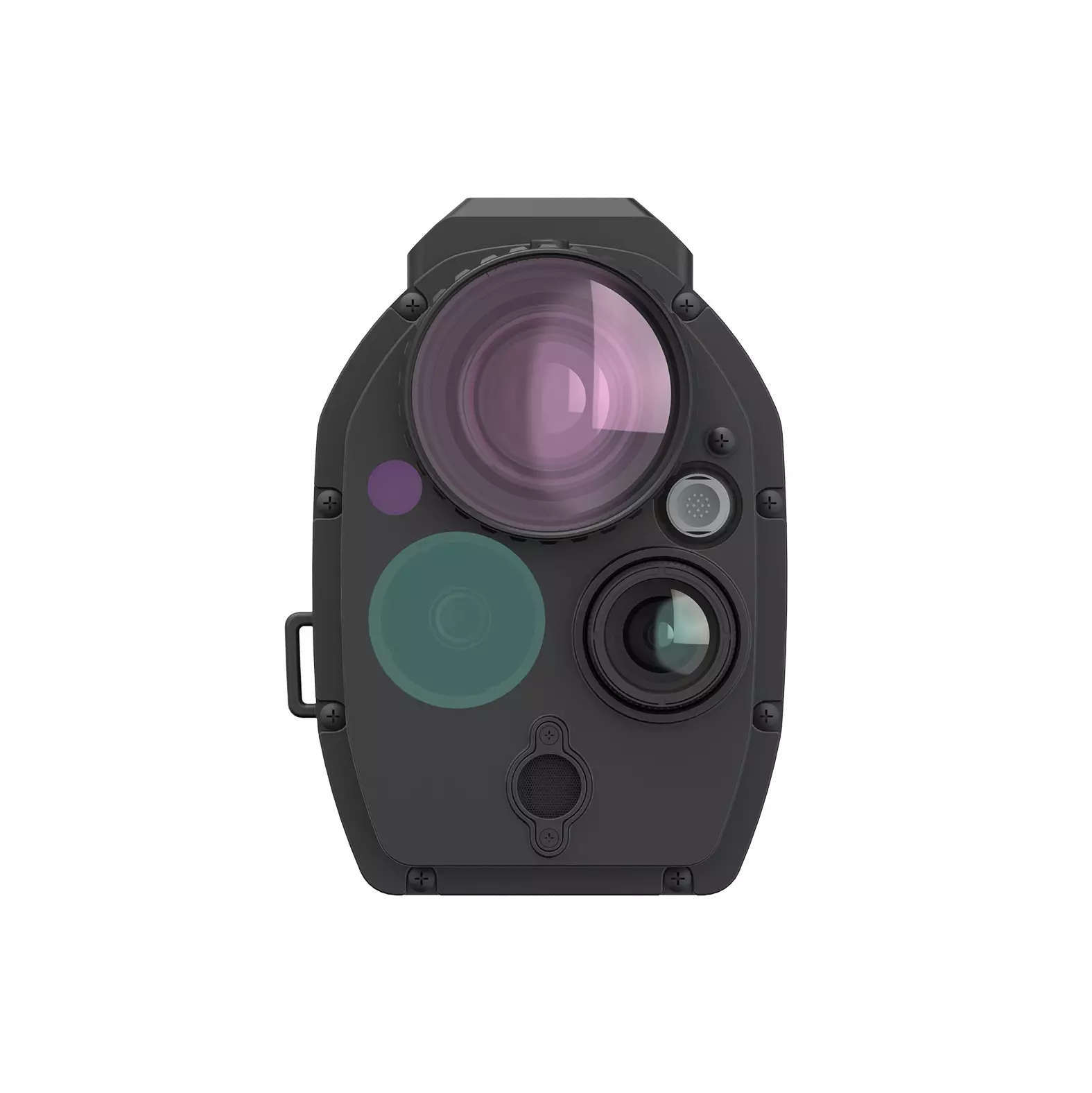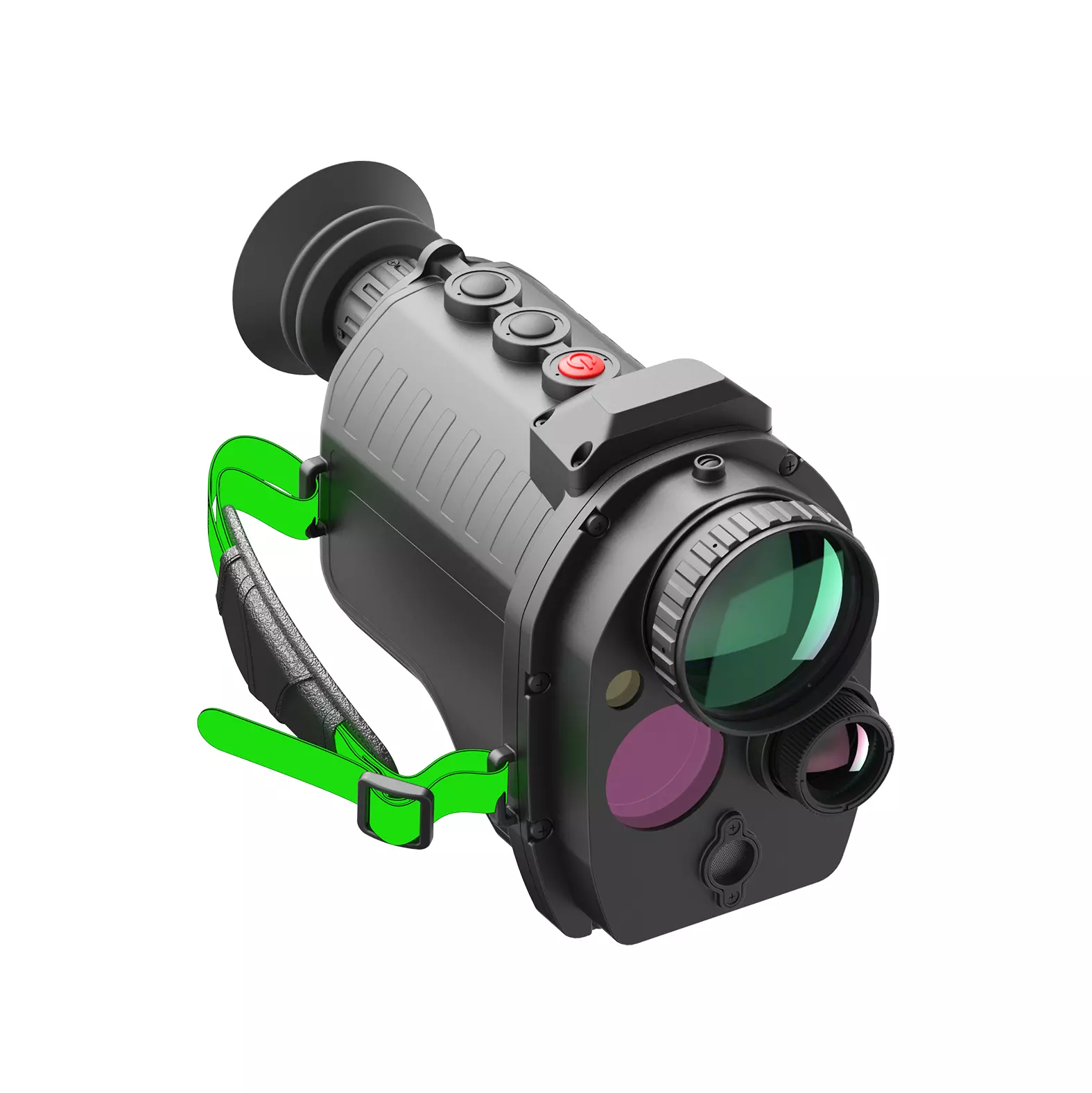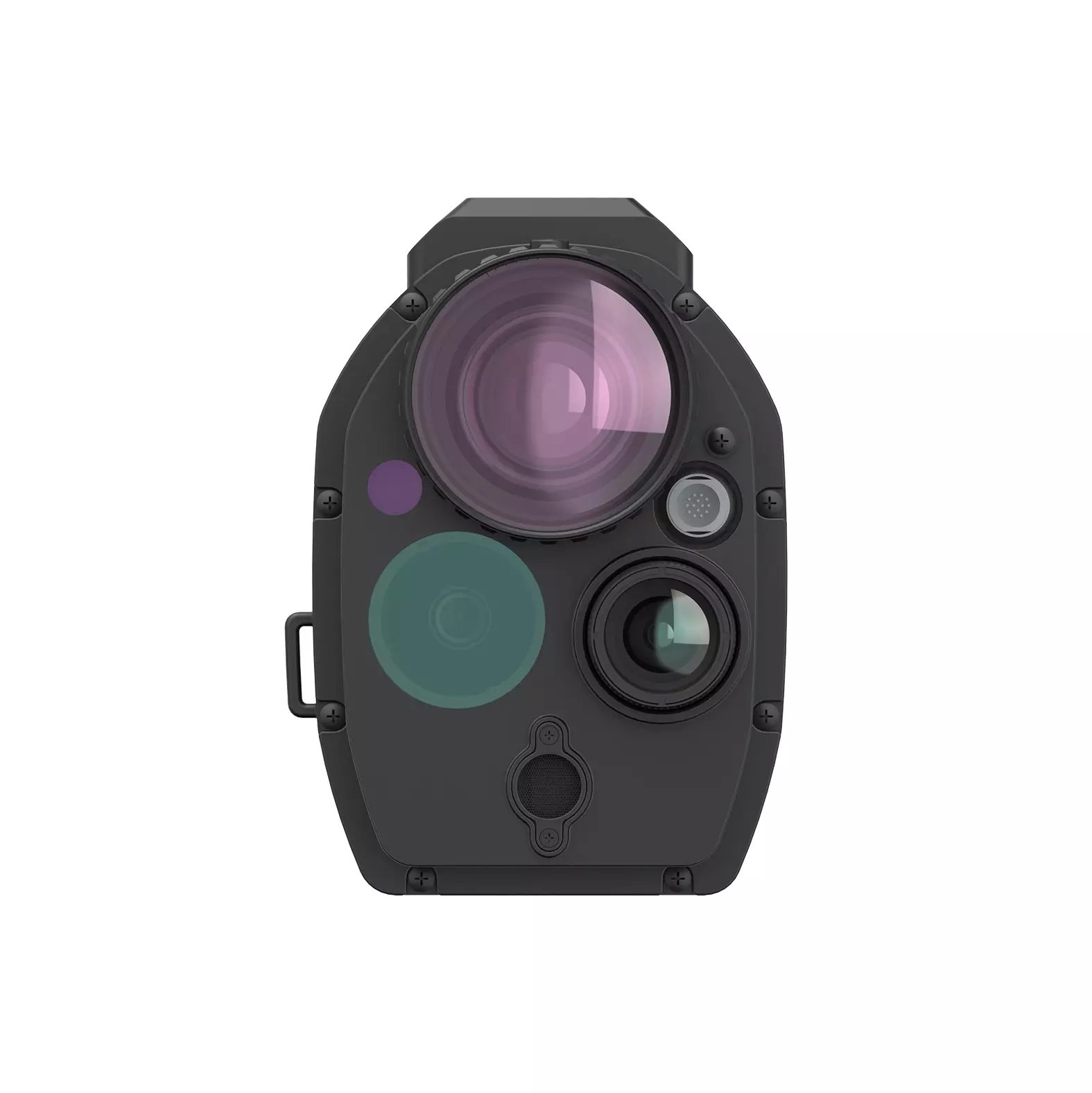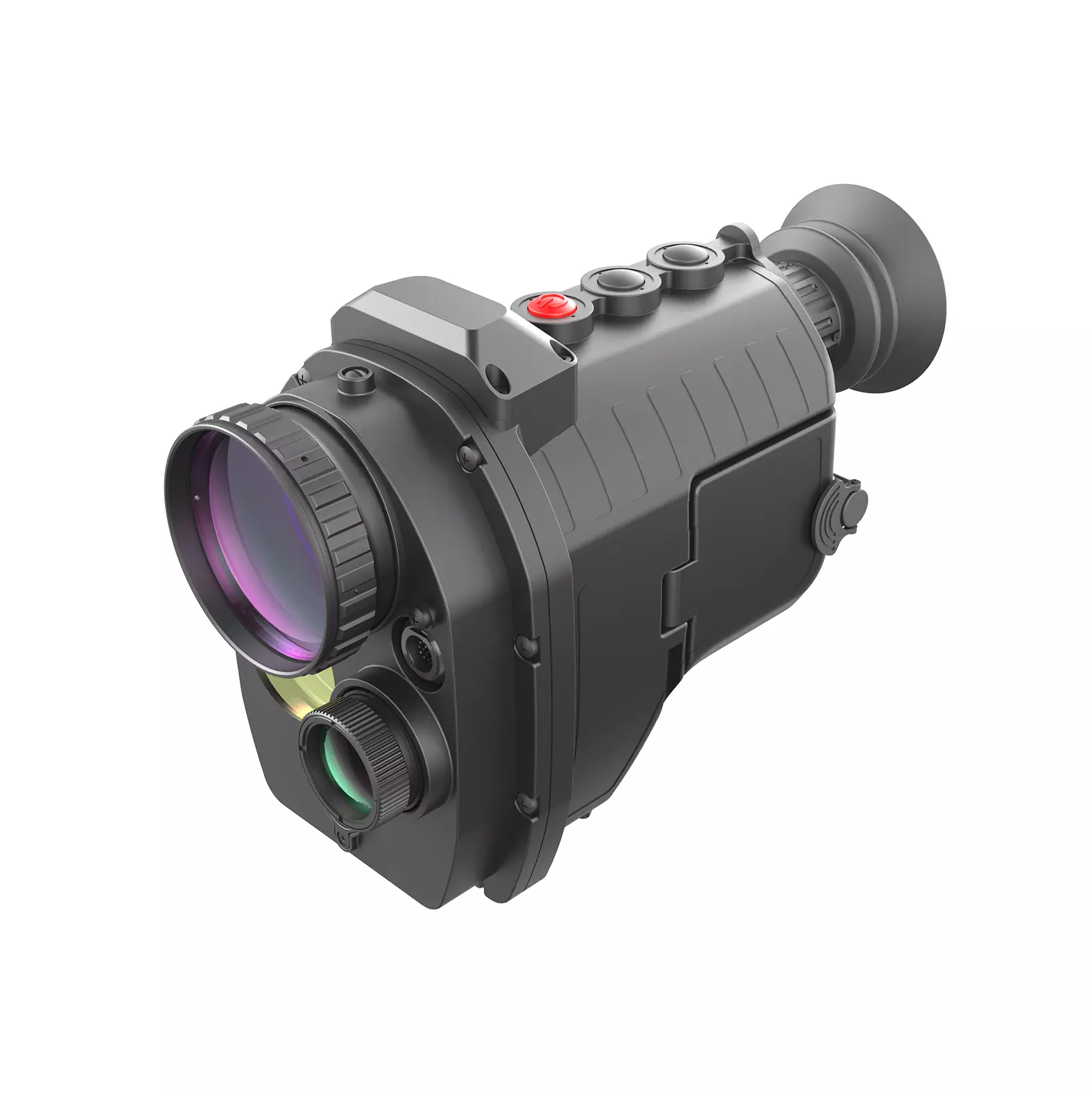OEM Good Quality Waterproof Rangefinder Telescope Hunting Rangefinders
Minimum equivalent magnification: ≥3×
Pupil distance: ≥30mm
Clear imaging range: 10m~∞
Diopter adjustment range: -5SD~+2SD
Recognition distance: (1~3)×10-3lx≥400m
Precise distance measurement with laser rangefinders is essential for reliable aiming.With the mounted observation systems as well, professionals can choose from various models according to the mission purpose and task, and combine them with handheld systems.
What is laser rangefinder?
A laser rangefinder, also known as a laser telemeter, is a rangefinder that uses a laser beam to determine the distance to an object.
The most common form of laser rangefinder operates on the time of flight principle by sending a laser pulse in a narrow beam towards the object and measuring the time taken by the pulse to be reflected off the target and returned to the sender.
Due to the high speed of light, this technique is not appropriate for high precision sub-millimeter measurements, where triangulation and other techniques are often used. It is a type of scannerless lidar.
Specification of Laser Sight
| Specificaitons | Data |
| Observation Distance | ≥6km |
| Ranging Distance | ≥6km |
| Small Field of View | 3° (horizontal) × 2.2° (vertical) |
| Large Field of View | 9° (horizontal) × 6.7° (vertical) |
| Magnetic Azimuth Angle Accuracy | ≤0.5 ° |
| Weight | ≤ 1.6kg (including battery) |
| Continuous Working Time | ≥ 6h (normal temperature) |
| Vision Adjustment Range | -5SD~+2SD |
| Storage Temperature | -55℃~+70℃ |
| Working Temperature | -40℃~+55℃ |
| Waterproof Level | IP68 |
People also ask
- What is a laser rangefinder used for?
Laser rangefinders can be used to monitor or measure distances or object lengths. They can also provide positional locations over long distances, e.g. several kilometers, without physically touching the observed object. The laser range finders are regularly used in geodesy, sports, hunting or military. - How does a laser rangefinder work?
Most laser rangefinders operate on the time of flight principle by sending a laser pulse in a narrow beam towards the object. A receiver then detects the reflection of that light and accurately calculates the distance based on the time it took for the light to bounce back.
Our Ordering Process
Send us your request with detailed specifications
Receive a commercial offer with terms and costs
After your approval, we handle manufacturing, quality control, and shipping
📦 Shipping
3-5 days in EU, from 10 days to USA
💳 Payment methods
Cash, Bank Transfer, Cards (Visa, Mastercard, Amex, Discover) and PayPal
💬 Questions?
Contact us via WhatsApp, phone, live chat or email





